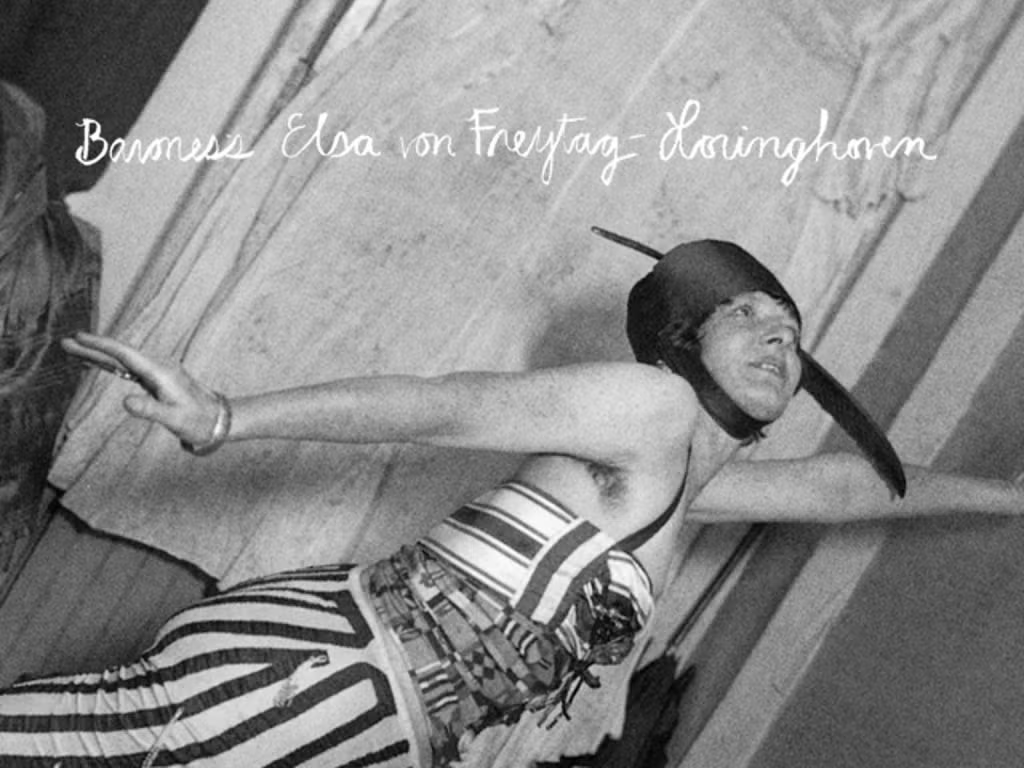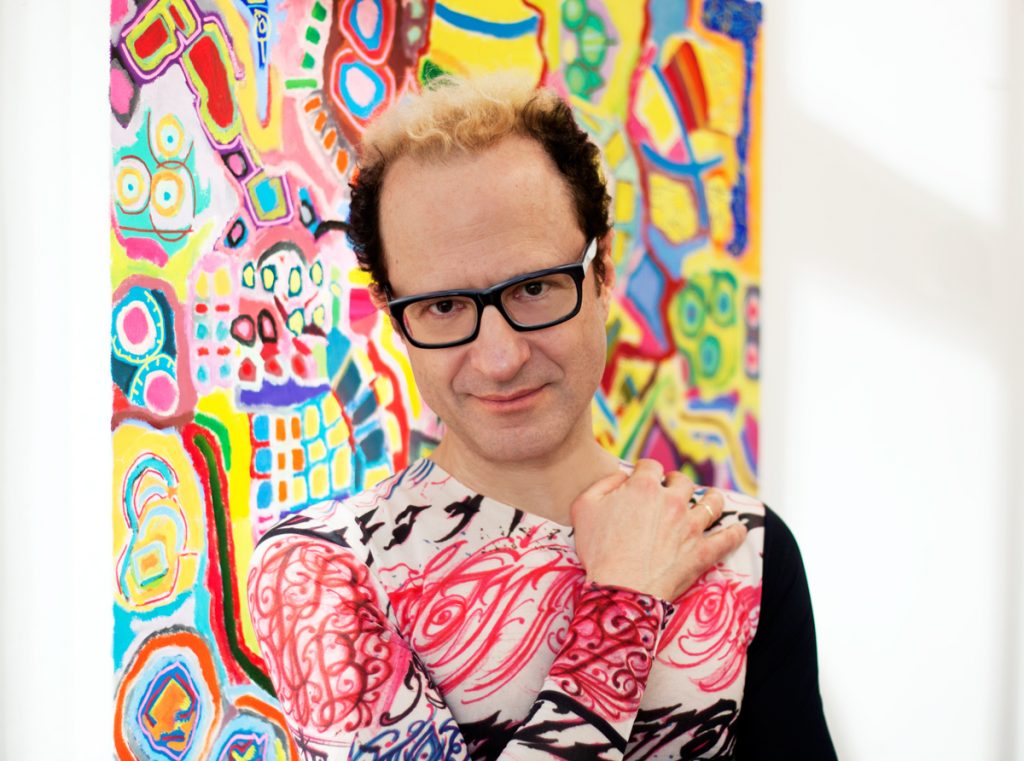Gertrude Stein: A Portrait of the Artist
I’ve never seen the author of Tender Buttons and Three Lives look as she looks in this painting by Picabia from 1937. Her head is small, perched on wide and rounded shoulders draped in brown. Beneath the cloak, a soft blue blouse with a large brooch peeks through. On her face, a sort of “oh well” smirk on thin, taut lips.
Gertrude Stein: A Portrait of the Artist Read More »
I’ve never seen the author of Tender Buttons and Three Lives look as she looks in this painting by Picabia from 1937. Her head is small, perched on wide and rounded shoulders draped in brown. Beneath the cloak, a soft blue blouse with a large brooch peeks through. On her face, a sort of “oh well” smirk on thin, taut lips.








